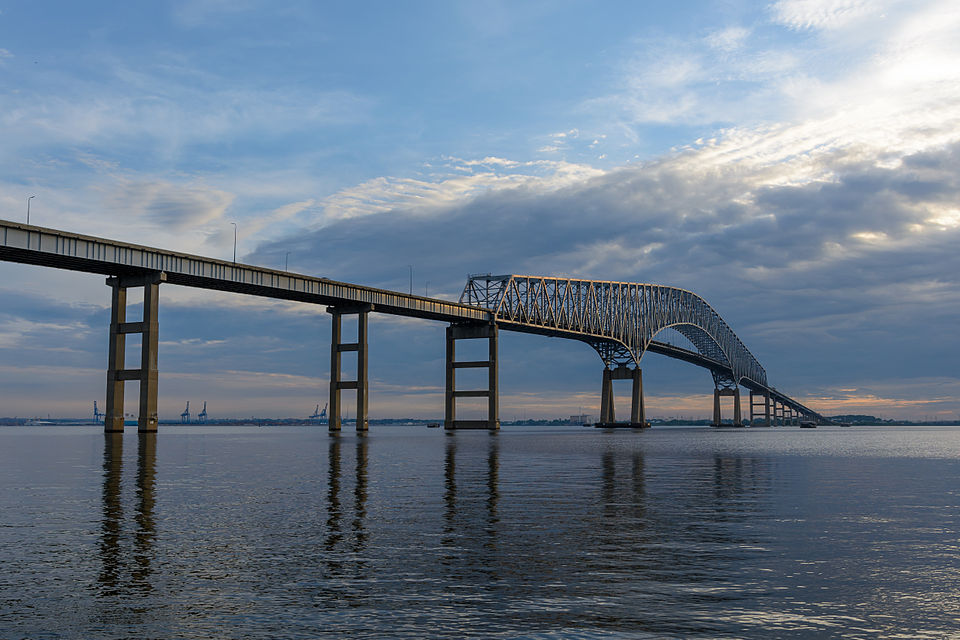
The Francis Scott Key Bridge collapse in March 2024 was more than just a tragic maritime accident; it was an intersection of engineering vulnerabilities, economic pressures, and evolving design standards. The most recent estimates of cost are between $4.3 billion and $5.2 billion to reconstruct, over double the initial estimate, and completion is expected at the end of 2030-two years past the first projected completion date. This increase not only accounts for the scope of the rebuild but also the extent of the resiliency requirements now imposed on critical infrastructure crossing navigable waterways.

1. Electrical Failures on the Dali
The investigation by the National Transportation Safety Board showed that the container ship Dali experienced two catastrophic electrical blackouts minutes before impact. The first outage was caused by a loose wire that was installed incorrectly in a breaker; because of vibration, it disconnected and prevented critical propulsion and steering pumps from operating. A second blackout occurred when a fuel flushing pump, which had been converted for use as a service pump, shut down and did not automatically restart. NTSB engineers concluded that infrared thermal imaging inspections, a common practice in maritime environments, would have detected the loose wire in advance. The ship’s emergency generator was not configured to provide power to propulsion systems, leaving the vessel adrift under the control of an apprentice pilot.
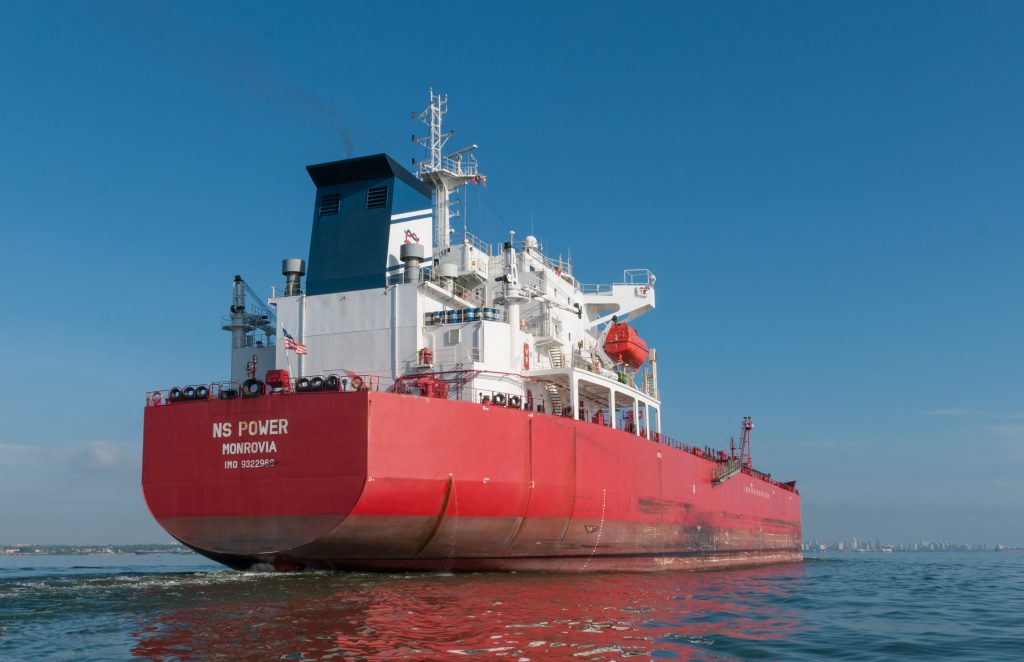
2. Collision Forces Beyond Original Design
Applied to the bridge at approximately 5 knots, the impact force of the 117,000-tonne deadweight Dali was over 100 meganewtons, or more than 24 million pounds. Completed in 1977, the Key Bridge was never designed for loads of this magnitude; container vessels of this size did not exist. The existing pier protection, provided by four concrete dolphins, was insufficient against the angled allision of this magnitude, allowing the vessel to bypass the defenses.

3. Modern Resilience Standards
The federal requirements today call for strong pier protection systems, higher navigational clearance, and structural designs considering vessel collision probabilities. The new Key Bridge features a longer main span and higher piers to accommodate large vessels, as well as a strong pier protection system to minimize the possibility of future ship strikes. These additions are vital but add substantially to the increased cost.

4. Engineering Risk Calculations
The design of bridges against vessel collisions considers annual collapse probability, including vessel traffic volume, aberrancy rates, geometric collision likelihood, and structural resistance. For critical structures such as the Key Bridge, the acceptable annual probability is established by AASHTO at 0.01 percent. Engineers can reduce risk by increasing pier offset from navigation channels, mandating tug escorts, or installing large-scale fender and dolphin systems-each with cost, environmental, and operational trade-offs.
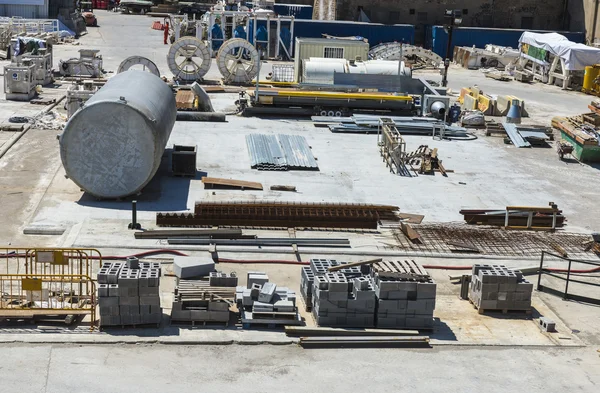
5. Economic and Material Cost Drivers
Governor Wes Moore attributed the budget surge to deteriorating national economic conditions, rising material prices and federally mandated resilience standards. Steel, concrete and specialty marine construction materials have all seen double-digit cost increases since 2024. Larger spans and pier heights require more structural steel and high-performance concrete, while pier protection structures demand extensive marine foundation work.

6. Salvage and Port Recovery Operations
Clearing the Patapsco River channel was a precision engineering challenge. The U.S. Army Corps of Engineers, working with private salvage firms, reopened the 50-foot-deep channel in 77 days, restoring access to the Port of Baltimore a facility responsible for $4.7 billion in annual economic value. Salvage crews used floating cranes, including the Weeks 533, to remove thousands of tons of steel and concrete, mapping underwater debris to ensure safe extraction.
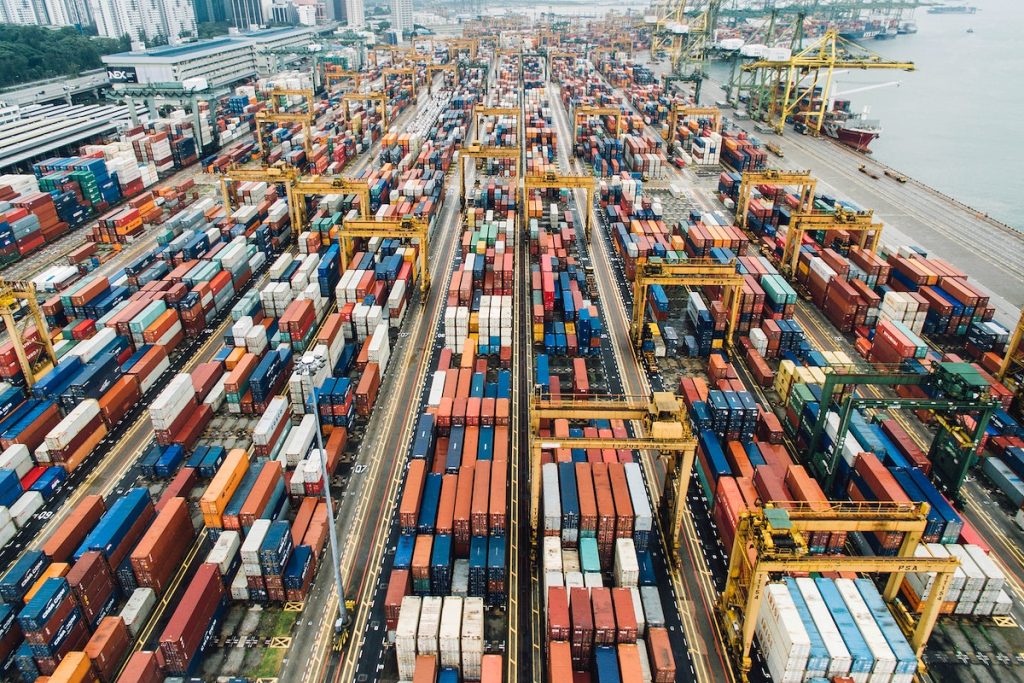
7. Supply Chain and Traffic Impacts
The collapse shut down maritime traffic, diverting cargo to Norfolk and New Jersey ports. Larger ports handled diverted traffic, but regional trucking has been detoured due to hazardous materials movement restrictions through Baltimore’s tunnels. The bridge carried 35,000 vehicles daily; its absence increases commute times and causes bottlenecks along Interstate 95.
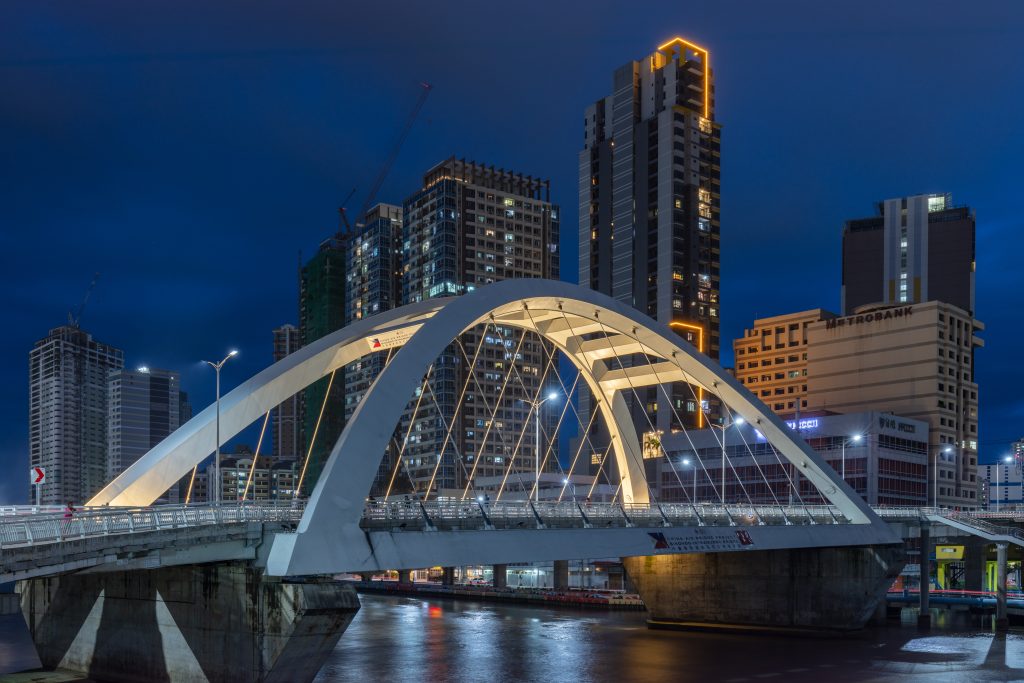
8. Lessons for Future Bridge Design
Professionals say the levels of ultra-large vessel collision protection are not always economically practical to achieve. According to Ben Schafer of Johns Hopkins, protections have to be balanced against cost and probability. The new Key Bridge will probably resemble other design emphases found in mega-projects such as the Long Beach International Gateway extended approaches, higher vertical clearance, wider lanes with shoulders, and possibly multi-use pedestrian and bicycle paths.

The rebuild of the Francis Scott Key Bridge is at once an engineering challenge and a policy test case, integrating modern collision resilience standards, meeting the navigational demands from next-generation vessels, and confronting the economic realities of large-scale infrastructure in a volatile market. For their part, engineers, maritime safety experts, and policymakers are reminded that design codes must keep pace with the scale of the risks they aim to mitigate.


